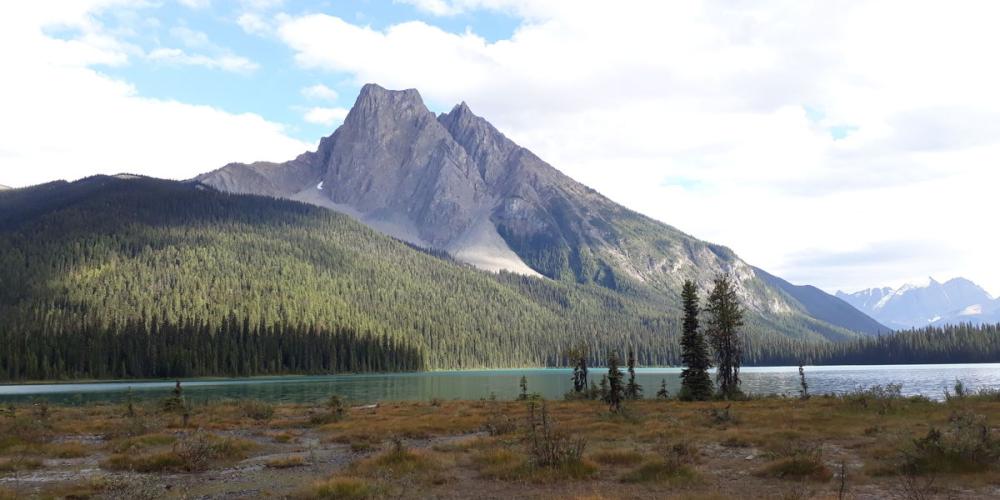
International research led by Luke Grant, Inne Vanderkelen and Prof Wim Thiery of the VUB research group BCLIMATE shows that global changes in lake temperature and ice cover are not due to natural climate variability and can only be explained by massive greenhouse gas emissions since the Industrial Revolution. The influence of human-induced climate change is evident in rising lake temperatures and in the fact that the ice cover forms later and melts sooner.
“These physical properties are fundamental to lake ecosystems,” says Grant, a researcher at VUB and lead author of the study published in Nature Geoscience: “As impacts continue to increase in the future, we risk severely damaging lake ecosystems, including water quality and populations of native fish species. This would be disastrous for the many ways in which local communities depend on lakes, ranging from drinking water supply to fishing.”
The team also predicted future development under different warming scenarios. In a low-emission scenario, the average warming of lakes in the future is estimated to stabilise at +1.5°C above pre-industrial levels and the duration of ice cover to be 14 days shorter. In a high-emission world, these changes could lead to an increase of +4.0 °C and 46 fewer days of ice.
At the beginning of the project, the authors observed changes in lakes around the world: temperatures are rising and seasonal ice cover is shorter. However, the role of climate change in these trends had not yet been demonstrated.
“In other words, we had to rule out the possibility that these changes were caused by the natural variability of the climate system,” says fellow VUB researcher and study co-author Vanderkelen.
The team therefore developed multiple computer simulations with models of lakes on a global scale, on which they then ran a series of climate models. Once the team had built up this database, they applied a methodology described by the Intergovernmental Panel on Climate Change (IPCC). After determining the historical impact of climate change on lakes, they also analysed various future climate scenarios.
The results show that it is highly unlikely that the trends in lake temperatures and ice cover in recent decades can be explained solely by natural climate variability. Moreover, the researchers found clear similarities between the observed changes in lakes and model simulations of lakes in a climate influenced by greenhouse gas emissions.
“This is very convincing evidence that climate change caused by humans has already impacted lakes,” says Grant. Projections of lake temperatures and ice cover loss unanimously indicate increasing trends for the future. For every 1°C increase in global air temperature, lakes are estimated to warm by 0.9°C and lose 9.7 days of ice cover. In addition, the analysis revealed significant differences in the impact on lakes at the end of the century, depending on the measures taken by humans to combat climate change.
“Our results underline the great importance of the Paris Agreement to protect the health of lakes around the world,” said Thiery, VUB climate expert and senior author of the study. “If we manage to drastically reduce our emissions in the coming decades, we can still avoid the worst consequences for lakes worldwide.”